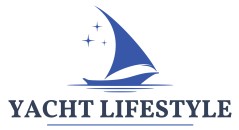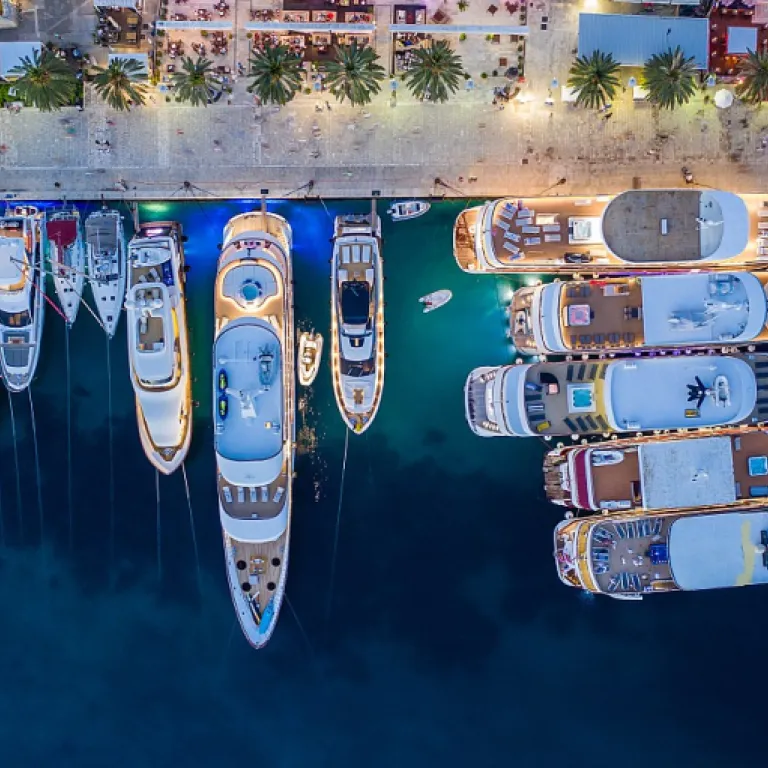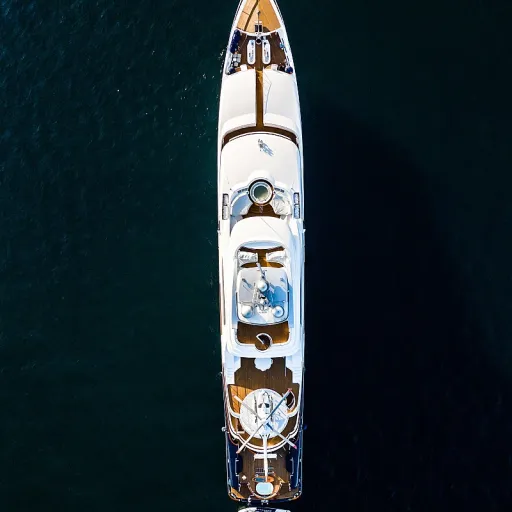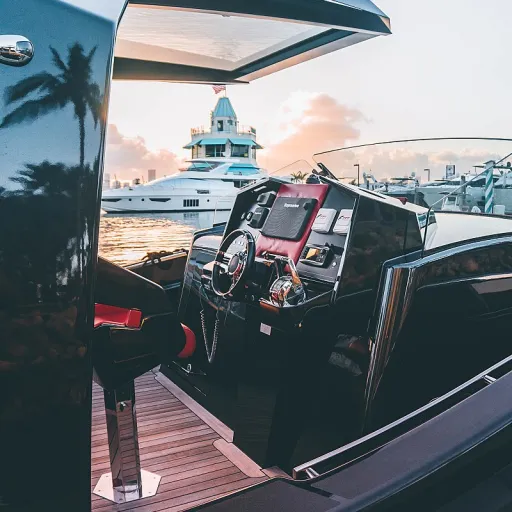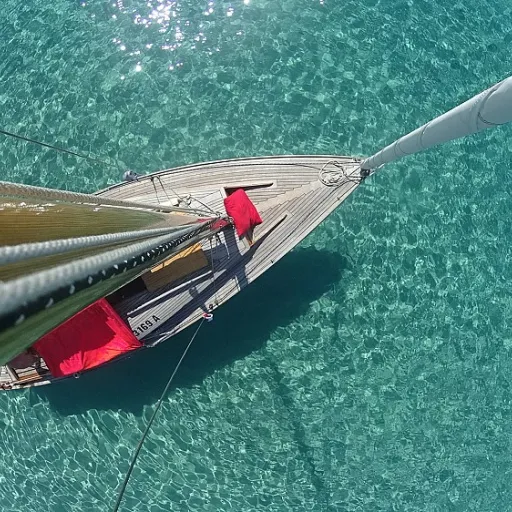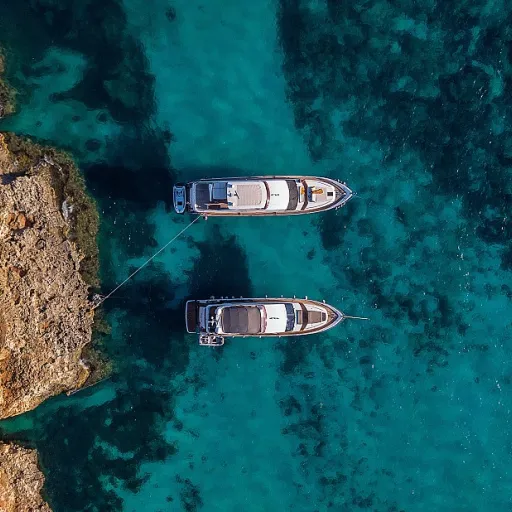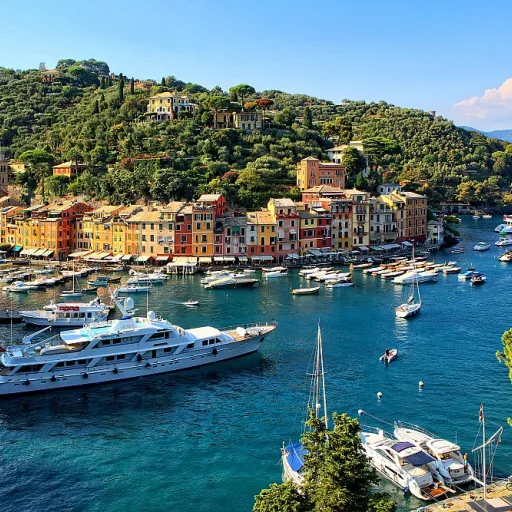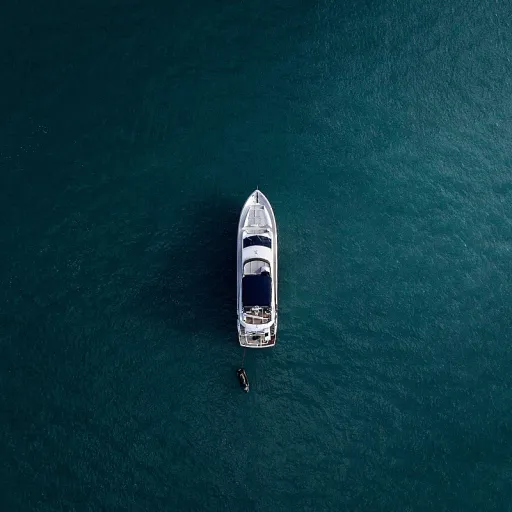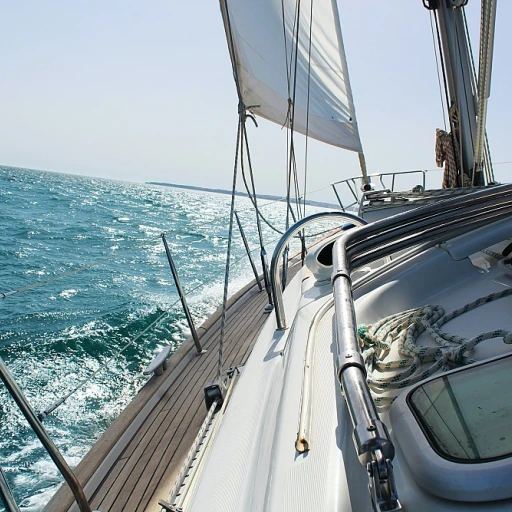
What is a drogue and why does it matter at sea
Understanding Drogues: The Unsung Heroes of Heavy Weather Sailing
When facing challenging sea conditions, many yacht owners focus on anchors, sails, and hull design. Yet, the drogue stands out as a crucial drag device that can make a significant difference in safety and control. A drogue is not an anchor in the traditional sense. Instead, it is a device deployed from the stern of a boat, trailing in the water to create drag and stabilize the vessel. Unlike sea anchors, which are designed to hold a boat's bow into the wind and waves, drogues are used to slow the boat's speed and maintain a controlled heading when running before heavy seas.
Drogues come in various forms, including the series drogue, para drogue, delta drogue, and Jordan series. Each type has its own design and performance characteristics, but all share the same goal: to prevent a boat from surfing uncontrollably down waves or broaching in breaking wave conditions. The right drogue can help keep your boat well aligned with the waves, reducing the risk of capsizing or damage.
- Series drogues use a series of small cones attached to a long rode, offering gradual and adjustable drag.
- Para tech and para anchor models act more like parachute anchors, but can be adapted for stern deployment in some situations.
- Delta drogues and other designs focus on speed limiting and directional control.
Choosing the right drag device depends on your yacht's size, design, and the typical sea states you expect to encounter. For example, a Beneteau Oceanis may require a different setup than a smaller cruiser or a racing boat. The effectiveness of a drogue is also influenced by the length and strength of the rode, as well as the deployment technique. Understanding these factors is essential for anyone serious about offshore safety and performance.
For those new to offshore sailing or looking to expand their knowledge, it's important to build a solid data base of information about drag devices, anchors, and sea anchors. This foundation will help you make informed decisions about your boat's gear and safety protocols. And while drogues are a key part of the safety equation, don't overlook other essentials like choosing the ideal inflatable life vest for your yacht adventures.
In the following sections, we will explore how drogues interact with different sea states, the safety benefits they offer in heavy weather, and the challenges of deploying them effectively. Whether you sail coastal waters or cross oceans, understanding the role of drogues can make your voyages safer and more enjoyable.
How drogues interact with different sea states
How Drogues Behave in Varying Sea States
Understanding how a drogue interacts with different sea conditions is crucial for any yacht owner or skipper. The performance of a drag device like a drogue, series drogue, or para anchor depends on several factors, including wave height, boat speed, and the type of drogue or sea anchor deployed. When a boat faces heavy weather, the main goal is to control speed and maintain a safe heading. Drogues and sea anchors, such as the para tech or jordan series, are designed to create drag at the stern or bow, slowing the boat and preventing dangerous surfing or broaching in breaking waves. The amount of drag generated will vary depending on the design—series drogues use multiple small cones, while a para drogue or parachute anchor relies on a single large canopy.- Calm to Moderate Seas: In lighter conditions, a drogue may only slightly reduce speed, acting as a speed-limiting device. The rode length and drogue size can be adjusted to fine-tune performance, but the effect is less dramatic than in rough water.
- Rough or Confused Seas: As waves build, the drag device becomes more critical. A series drogue or delta drogue can help keep the stern facing into the waves, reducing yawing and the risk of a breaking wave hitting the boat broadside. The right setup will keep the boat at manageable speed knots, preventing loss of control.
- Breaking Waves: In extreme conditions, the effectiveness of the drogue or sea anchor is tested. A well-deployed para anchor or jordan series drogue can prevent pitchpoling or capsizing by holding the boat steady and reducing forward momentum. However, the forces on the rode and fittings increase significantly, so robust gear is essential.
Safety benefits of using a drogue in heavy weather
Reducing Speed and Stabilizing Your Boat
When heavy weather hits, a drogue becomes more than just a drag device—it’s a critical tool for safety. By deploying a drogue from the stern, your boat will slow down, often to a manageable speed of just a few knots. This speed limiting effect helps prevent dangerous surfing or broaching on steep waves, especially when facing a breaking wave. Series drogues and para tech models are designed to maintain a steady pull, keeping the stern aligned with the waves and reducing the risk of losing control.
Minimizing Crew Fatigue and Structural Stress
Heavy weather can quickly exhaust both crew and boat. Drogues, such as the jordan series or delta drogue, act as anchors in the water, providing resistance that eases the motion of the boat. This means less violent pitching and rolling, which translates to less fatigue for everyone onboard. The consistent drag also reduces strain on the rudder and steering systems, helping to protect vital gear and extend the life of your yacht.
Enhancing Safety with Proper Deployment
Deploying a drogue correctly is crucial. Using a strong rode and ensuring the drogue is matched to your boat’s displacement and design—whether you’re on a beneteau oceanis or another model—will maximize its effectiveness. Series drogues, in particular, distribute loads across multiple cones, offering a smoother ride in chaotic seas. Para anchors and parachute anchors, while similar, are typically used to stop the boat entirely, but drogues are preferred for controlled downwind movement in heavy weather.
- Slows the boat to safe speed knots
- Keeps the stern facing waves
- Reduces risk of broaching and capsize
- Minimizes crew fatigue and gear damage
For those looking to further enhance safety and comfort at sea, consider upgrading your helm area. Discover how a helm pad can improve your yacht experience during long passages and challenging conditions.
Challenges and risks when deploying a drogue
Deployment Pitfalls and Operational Hazards
While drogues and sea anchors are essential drag devices for heavy weather, deploying them on a boat is not without challenges. The process demands careful planning and a clear understanding of your equipment, whether you are using a para anchor, a series drogue, or a delta drogue. Improper deployment can lead to dangerous situations, especially when the sea is rough and the boat will be under significant stress.
- Line Management: The rode connecting the drogue to the stern must be strong, well-maintained, and long enough to absorb shock loads. Tangling or chafing of the rode is a common risk, particularly with series drogues or when deploying at speed knots.
- Attachment Points: The anchor points on the boat must be robust. Weak cleats or fittings can fail under the strain of a breaking wave or when the drag device is fully loaded by the sea.
- Deployment Timing: Deploying a drogue too late, or in the wrong orientation to the waves, can reduce its effectiveness. A sudden change in boat speed or direction can cause the drogue to collapse or even wrap around the propeller.
- Retrieval Difficulties: Recovering a drogue, especially a para tech or jordan series, in rough water can be physically demanding. The drag from the device, combined with the motion of the boat, can make retrieval slow and hazardous.
Equipment Compatibility and Environmental Factors
Not all drogues or sea anchors are suitable for every boat or sea state. For example, a beneteau oceanis may require a different series drogue configuration than a heavier displacement yacht. The choice of drag device, whether a para drogue or a jordan series, should match your boat’s size, stern design, and the expected wave conditions. Data base reviews and real-world feedback from other boats can help inform your selection, but always test your setup in controlled conditions before relying on it offshore.
Environmental factors such as water temperature, wave height, and wind speed knots can all impact the performance of drogues and anchors. A sudden increase in wave size or a shift in wind direction may require adjustments to the rode length or even switching to a different drag device. Always monitor the situation closely and be prepared to adapt.
Human Factors and Crew Preparedness
Finally, the crew’s familiarity with the drogue system is critical. Practice deploying and retrieving your drag device in calm conditions. Ensure everyone on board knows the procedure, understands the risks, and can respond quickly if something goes wrong. In heavy weather, clear communication and teamwork are as important as the equipment itself.
Choosing the right drogue for your yacht and voyage
Matching Drogue Type to Your Yacht and Voyage
Choosing the right drogue for your boat is not just about picking the most popular brand or the biggest size. It’s about understanding how your yacht, the sea conditions, and your intended use all interact. The right drag device can make a significant difference in heavy weather, especially when facing breaking waves or unpredictable sea states.
- Boat size and displacement: A Beneteau Oceanis, for example, will require a different drogue than a lightweight racing yacht. Heavier boats often need larger or more robust series drogues or parachute anchors to achieve effective speed limiting and control.
- Voyage profile: Are you crossing oceans, coastal cruising, or preparing for high-latitude expeditions? Long passages in open water often call for a sea anchor or a Jordan series drogue, while shorter trips may benefit from a delta drogue or para drogue for quick deployment.
- Deployment location: Most drogues are deployed from the stern, but sea anchors are set from the bow. Consider your deck layout and crew experience when choosing between stern-deployed series drogues and bow-set para anchors.
- Sea state expectations: If you anticipate encountering breaking waves or severe storms, a series drogue or Jordan series drogue offers progressive drag and stability. For moderate conditions, a para tech or delta drogue may suffice.
- Rode and hardware: The rode (line) must be strong enough to handle the loads generated at several knots of boat speed. Swivels, chafe protection, and secure attachment points are essential for safety and performance.
Comparing Drogue and Sea Anchor Options
| Type | Best Use | Deployment | Key Features |
|---|---|---|---|
| Series Drogue | Heavy weather, ocean crossings | Stern | Multiple cones, progressive drag, speed limiting |
| Para Anchor | Storm survival, holding position | Bow | Large parachute, stops boat, requires strong rode |
| Delta Drogue | Short-term control, moderate seas | Stern | Simple design, easy to deploy, less drag |
| Para Tech | Versatile, various sea states | Bow or stern | High-quality materials, reliable drag |
Practical Considerations Before Purchase
Before investing in a drogue or sea anchor, consult your yacht’s data base and review manufacturer recommendations for your specific model. Test deployment in calm water to familiarize yourself with the process. Remember, anchors, drogues, and sea anchors are not one-size-fits-all solutions. The right choice will depend on your boat, your crew, and the sea conditions you expect to face.
Ultimately, a well-chosen drogue or anchor can be a lifesaver in heavy weather, helping you maintain control, reduce speed knots, and protect your yacht and crew when it matters most.
Real-world experiences: lessons from the sea
Firsthand Accounts from Offshore Passages
When it comes to drogues and sea anchors, real-world experiences provide invaluable insights for yacht owners and crew. Offshore sailors have repeatedly shared that deploying a drogue or a series drogue can make the difference between control and chaos in heavy weather. For example, several Beneteau Oceanis crews have reported that using a Jordan Series drogue in breaking wave conditions helped maintain stern-to-sea orientation, reducing the risk of broaching and capsize. The drag device slowed the boat to manageable speed knots, allowing the crew to rest and manage the situation more effectively.Lessons Learned: Deployment and Retrieval
Practical use often highlights challenges not always covered in manuals. Many sailors note that the rode length and the type of drogue—whether a para drogue, delta drogue, or series drogue—impact performance. A longer rode helps absorb shock loads, especially when waves are steep. However, improper deployment can lead to tangled lines or even damage to the stern fittings. Some crews have found that using a dedicated anchor roller or reinforced cleats is essential for handling the loads generated by sea anchors and drogues.- Series drogues distribute load across multiple cones, reducing strain on any single point.
- Para tech and para anchor models are praised for their holding power but require careful setup to avoid chafe.
- Delta drogues are easier to deploy quickly but may not provide as much drag in extreme conditions.
Data and Trends from the Field
A growing data base of incident reports shows that boats equipped with appropriate drag devices experience fewer knockdowns and less gear damage in storms. Speed limiting is a recurring benefit—boats that maintain a steady, reduced speed in heavy seas are less likely to suffer from breaking wave impacts. Water ingress and gear failures are also less frequent when drogues are used correctly.Key Takeaways for Yacht Owners
- Always match the drogue or sea anchor to your boat’s size and displacement.
- Practice deployment and retrieval in calm conditions before heading offshore.
- Regularly inspect your drag device, rode, and attachment points for wear.
- Learn from the experiences of other sailors—forums and technical reports are valuable resources.
